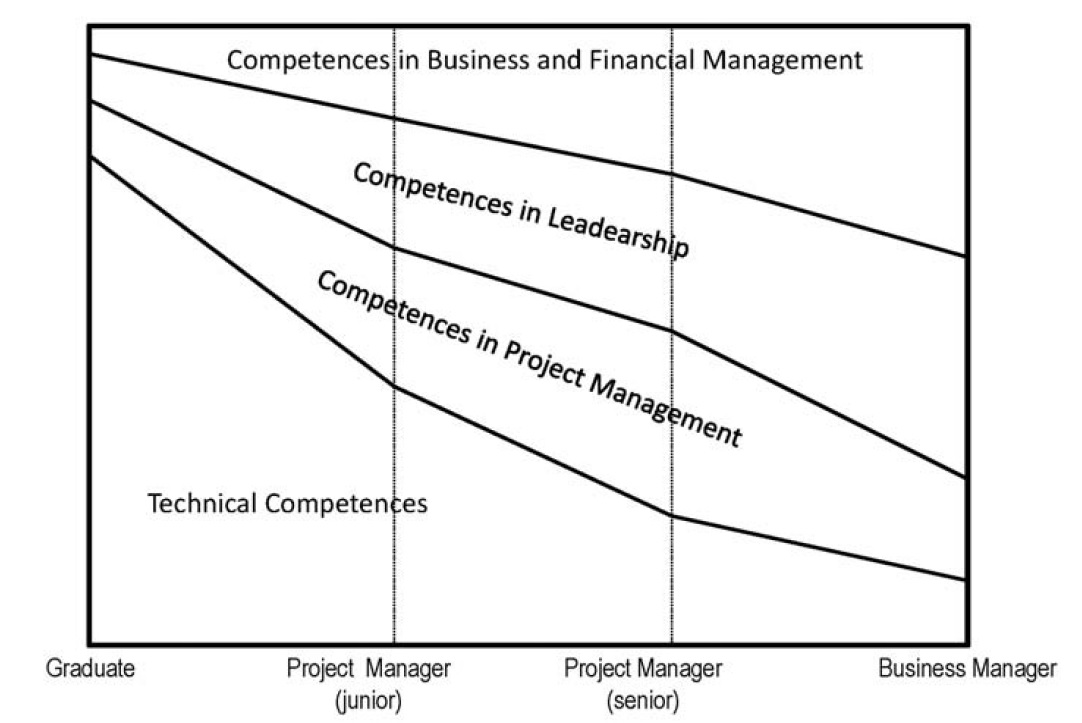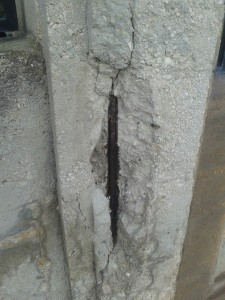 Appraisal of infrastructure sustainability by graduate students using an active-learning method
Appraisal of infrastructure sustainability by graduate students using an active-learning method
Abstract:
Currently many university programs in the construction field do not take sustainability into account from a holistic viewpoint. This may cause a lack of sensitivity from future professionals concerning sustainability. Academics in construction must endeavor to instill a culture of sustainability in the curricula of their students. Therefore, this study proposes an active-learning method that allows graduate students in the construction field to take into consideration infrastructure sustainability from a variety of perspectives in a participatory process. The students applied an analytical hierarchical process to determine the appraisal degree of each criterion. A cluster statistical analysis was carried out, aiming to identify the profiles that influence decision-making. This method was applied to two classes of graduate students enrolled in the Master of Planning and Management in Civil Engineering at the Universitat Politècnica de València. This method identified a correlation between the profiles toward sustainability and the characteristics of the chosen infrastructure. It was also found that the method fulfills educational purposes: most of the students obtained more than 65% of the target learning outcomes. This approach promotes awareness and sensitivity to different points of view of the sustainability in a participatory context. It can be replicated in other contexts so as to obtain appraisals regarding various criteria that help enhance decision-making.
Highlights
- Proposal of a method that allows students to consider infrastructure sustainability.
- Participatory learning method that promotes integral sustainability.
- Students profiles’ identification influencing decision making toward sustainability.
- The profiles of evaluators influence the prioritization among alternatives.
Reference:
PELLICER, E.; SIERRA, L.A.; YEPES, V. (2016). Appraisal of infrastructure sustainability by graduate students using an active-learning method. Journal of Cleaner Production, 113:884-896. DOI:10.1016/j.jclepro.2015.11.010
Os dejo a continuación la versión autor del artículo:


